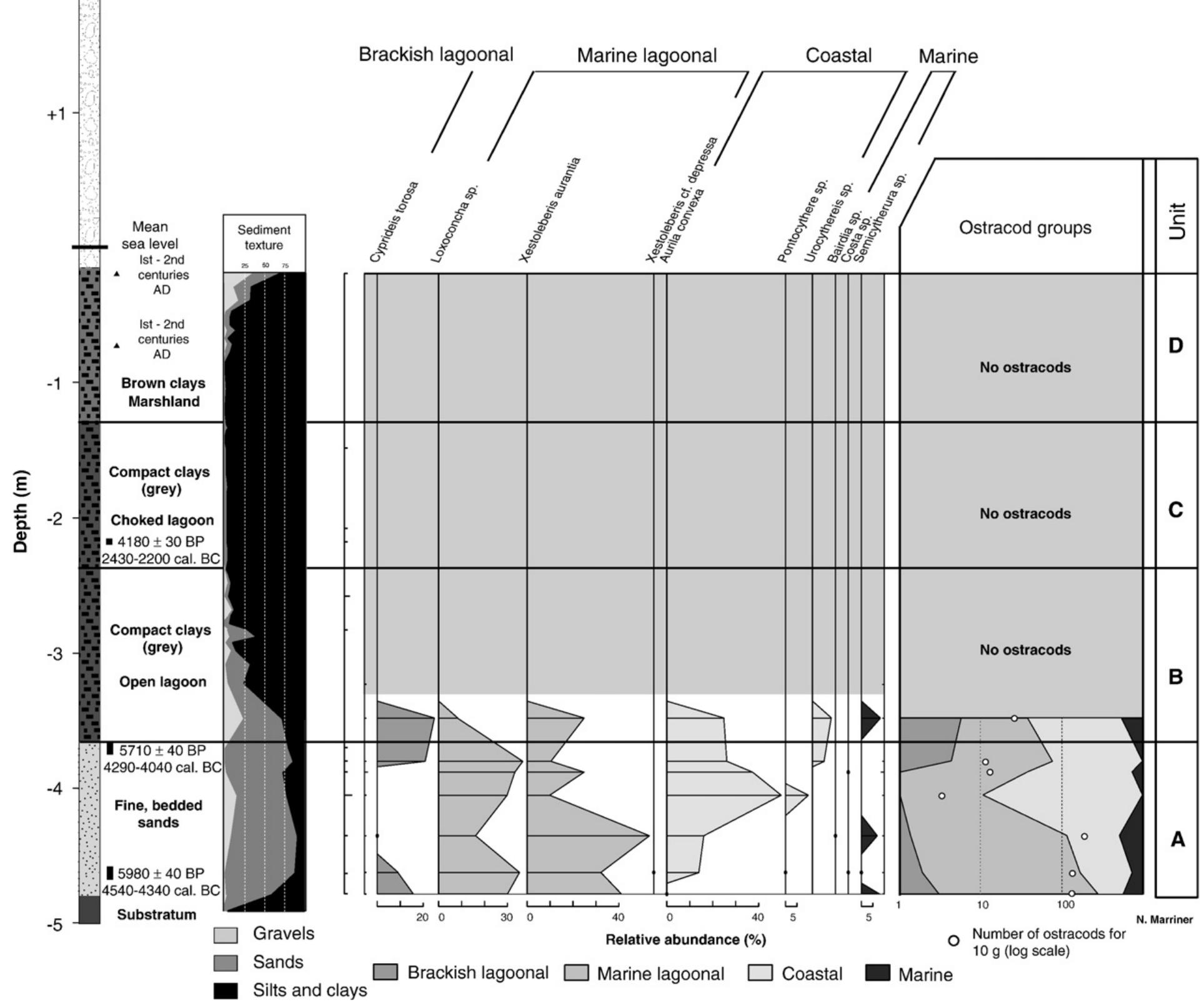Key research themes
1. How do microbial processes and their sedimentary signatures (MISS) influence the interpretation of sedimentary cell structures across geological times?
This research area examines the identification, formation processes, and paleoenvironmental interpretations of microbially induced sedimentary structures (MISS) and sedimentary surface textures associated with sedimentary cells. It addresses challenges of distinguishing biotic microbial influences from abiotic sedimentary textures, understanding the temporal and environmental distribution of microbial signatures, and refining classification schemes to avoid misinterpretation. This analysis is pivotal in sedimentology and paleoecology, providing insights into microbial ecosystem roles and sediment dynamics across deep time.
2. What are the structural and biomineralization mechanisms underpinning sedimentary cell microarchitectures in phosphatic-shelled Cambrian brachiopods?
This theme investigates the ultrastructural architecture, biomineralization pathways, and evolutionary significance of organic-mineral composite sedimentary cell frameworks, especially organo-phosphatic columnar structures in early Cambrian brachiopods. Focusing on hierarchical shell organization, epithelial cell secretions, and microstructural patterns, this research elucidates the biological control over mineral deposition in sedimentary cells and the adaptive innovations that shaped early biomineralizing metazoans. Understanding these mechanisms informs evolutionary biology, paleophysiology, and fossil interpretation of sedimentary cell complexity.
3. How do endogenous and exogenous deformation processes affect sedimentary cell structures in siliciclastic and tidal deposits?
This research domain explores the origins, triggers, and morphological characteristics of soft-sediment deformation structures (SSDS) related to sedimentary cells, evaluating mechanisms such as liquefaction, shear stress, sediment loading, and seismic shaking. It distinguishes exogenic (seismic) versus endogenic (storm, tidal, rapid deposition) triggers, emphasizing the sedimentological context within tidal siliciclastic sequences. These studies provide frameworks to interpret ancient sedimentary cell deformation records in terms of depositional dynamics and paleogeotechnical processes.


























